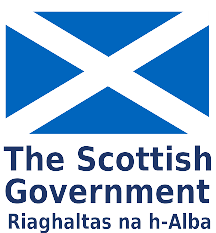0_Headersection_homepage
Welcome To The
Gender Climate Tracker
Website
1_Headersection_about
About the Gender Climate Tracker
2_Headersection_news_centre
News and Resource Center
4_Headersection_search
Search
5_Headersection_gender_mandates_in_climate_policy
Gender Mandates
in Climate Policy
6_Headersection_women's_participation_statistics_in_climate_diplomacy
Women's participation statistics in climate diplomacy
7_Headersection_gender_and_nationally_determined_contributions
Country Profiles




